Digitip 030 – Adobe Photoshop CS
A quick tip on how to create digital tear-offs using Photoshop’s default chalk brush.
Preparation
In order to easily edit the tear-off edge after you’ve created it, I’d advice the use of a layer mask that can be edited by painting with black or white (or tints of black).
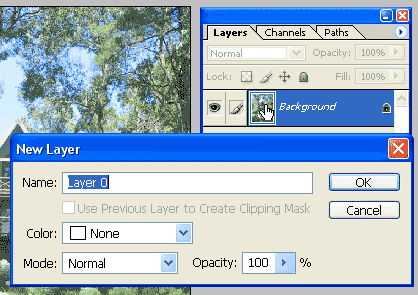
To create a layer mask, launch the Layers palette and double click the Background thumbnail. The New Layer dialog box appears. You can alter the layer name (I’m being lazy and will leave the name as ‘Layer 0’.
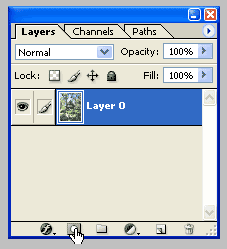
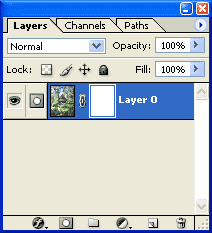
Now that the layer has been created a blank mask can be added, by clicking the Add a Mask button at the bottom of the palette.
Picking the brush
Select the brush tool and ensure that you’ve reset the foreground/background colours to black/white (press ‘D’ on keyboard).

Next access the brushes palette (normally placed in the palette well) and from the Bursh Presets select a Chalk Brush. Chalk brushes are pretty good brushes to use as a tool for creating false tear-off edges on images.
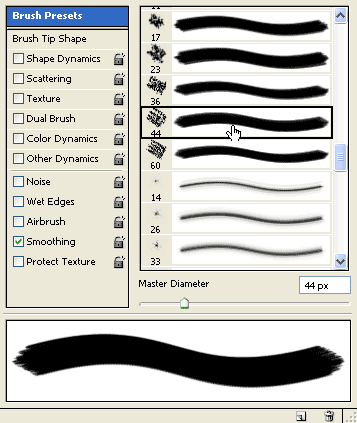
Hover the brush over the image to assess its brush size and use the [ and ] keys on the keyboard to enlarge the brush, until it’s a decent size (see below). Before you start painting away, check that you’re indeed painting the mask and not the image ( mask icon is displayed in the layers palette next to the show/hide layer ‘eye’ symbol).
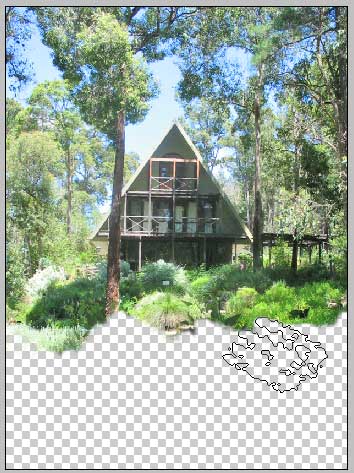
Paint away your edge…
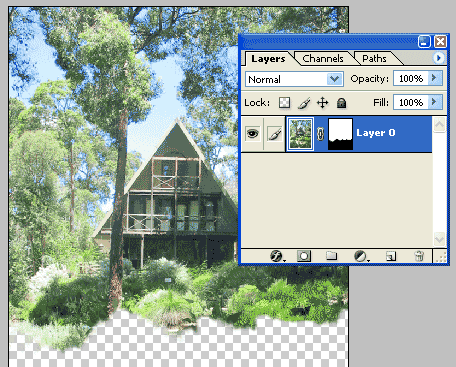
As you are painting with black you are generating transparency in Photoshop. When you’re happy, place the file in your InDesign document, and if needed from within InDesign Alt (Option) double click to open the file in Photoshop again for further editing. To add bits of edge back, paint with white, to remove bits of the edge paint with black.

The added drop shadow (in InDesign), lifts the image of the page a bit.
Leave a Reply